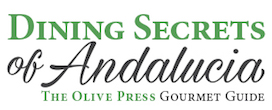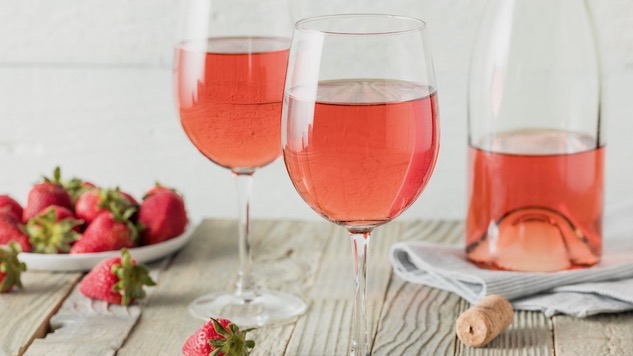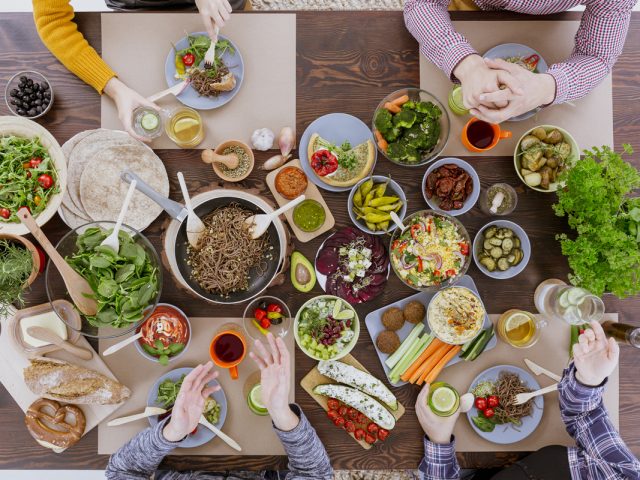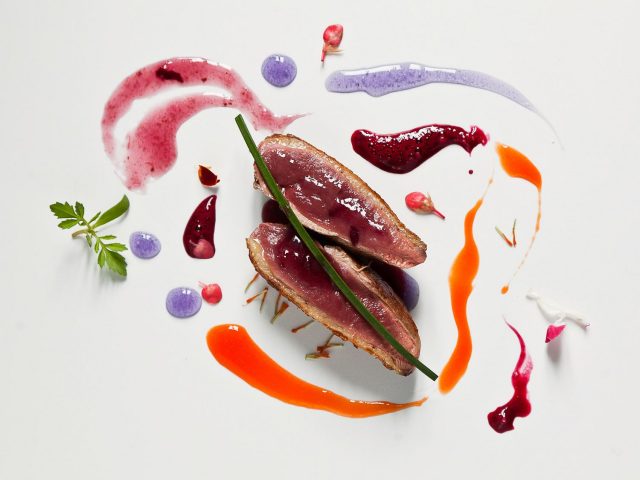- Have any questions?
- +34 951 273 575
- info@diningsecretsofandalucia.com

Andalucian olive farmers face increase in tariffs after American trade deal
29 April, 2018
Top restaurant in Marbella to host fundraising lunch for paralysed expat
3 May, 2018PINK wine, known as rosé in France and rosado in Spain, has a somewhat mixed reputation.
Seen as a bit of an in-between, it has struggled to cement its position within the market, but with its surprising versatility it is definitely worthy of a try.
The history of pink wine is not so clear-cut. Many of the earliest red wines made would have been closer in colour to modern rosado than a Rioja.
Recent winemaking techniques have allowed us to produce darker and more tannic wines, due to extended maceration and harder pressing not widely practiced in ancient winemaking.
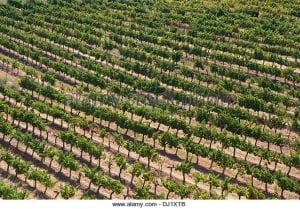
Navarra vineyards
Both red and white grapes were pressed soon after harvest and often by hand or feet meaning little contact time with the grape skins leaving wines only lightly pigmented.
While documents have been found going as far back at 1764 showing the sale of rosé Champagne by Ruinart – the oldest Champagne house – the story of the pink drink took a dramatic turn following the end of the second world war.
Mateus and Lancers, two Portuguese wine producers, released sweet, slightly sparkling rosado to the European and American markets.
These wines would go to set record sales figures and dominated the market until the development of drier styles i.e. Provencal rosé and American blush wines such as White Zinfandel.
Perhaps it could come as a surprise then to learn that Spain is the world’s second largest pink wine producer, after France, with 21% of global production according to 2016 figures.
Navarra
Navarra DO, north of Rioja is the most noted region with more than half of area’s wine production dedicated to rosados.
Grape varieties used in for production of reds and rosados represent 95% of the all vines planted in the DO, although this number is starting to decrease for more white varieties.
Traditionally rosados from this area are made with Garnacha, representing 32% of planting.
These days however Tempranillo, Cabernet Sauvignon and Merlot are often incorporated in the blends or as stand alone varietals.
Dry yet bursting with aromas of ripe strawberries, this easy to drink style with its intense pink colour goes well with stuffed red peppers and paellas containing chicken or chorizo.
Cava
Traditionally made with three white grapes, rosado cava will usually have Garnacha and Monastrell in the mix.
Garnacha, also known as Grenache, brings strawberry and raspberry characteristics while Monastrell, aka Mourvedre, gives the wine a perfect pink hue.
Cava, originating from the Latin word for cave, refers to the how the wine used to be preserved and aged.
Made in the same way as Champagne, cava is typically dry – unless semi seco is stated on the label.
Great with seafood dishes such as grilled prawns and langoustines but equally at home with charcuterie or fruit salad.
Jumilla
There are currently 32,000 hectares currently under vine within the Jumilla DO, 45% of which are in Murcia and 55% in Albacete.
While relatively unknown, the region is one of Spain’s oldest DO or Denominación de Origen, which indicates the geographical origin and the style of a wine and dictates various production conditions, having been granted in 1966.

Expect a raspberry and cherry nose with enough weight and structure to match with light meats, rice and pasta.
